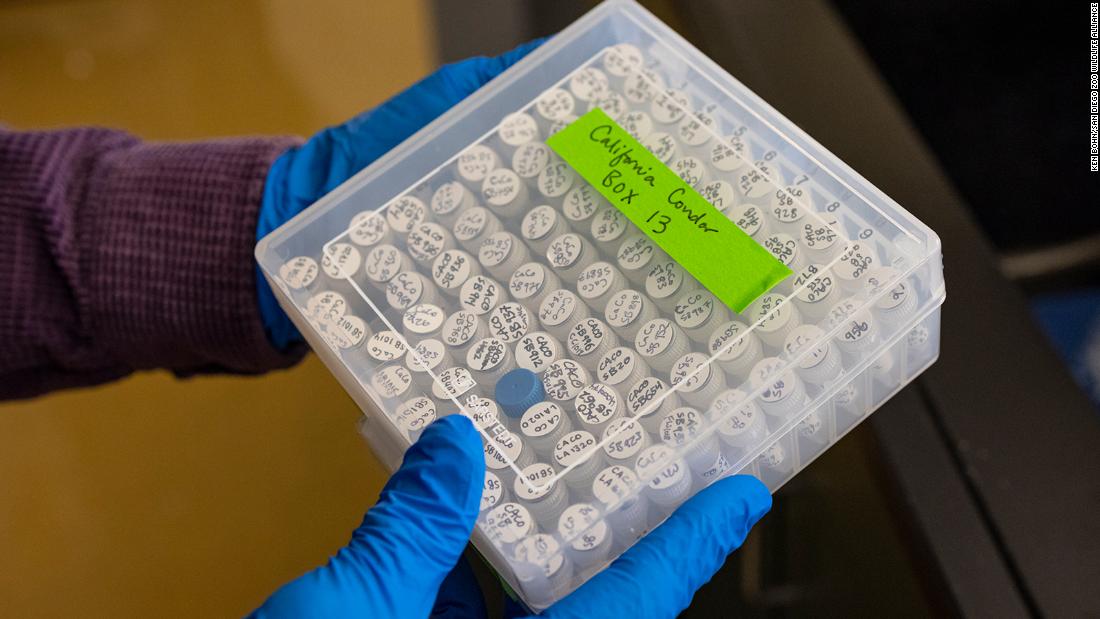
(CNN)Two captive female California condors each produced a chick asexually years ago -- the only such instances ever recorded for that endangered species, researchers reported Thursday.
And while this has been seen in other vertebrates and even birds, these are believed to be the first recorded instances in birds when the females had access to a mate, researchers said.
The exceptional hatchings -- the first of which happened in the early 2000s and the second later that decade -- were noted only when researchers analyzed biological samples from condors at a breeding program run by the San Diego Zoo Wildlife Alliance, the group said.
The discovery, reported Thursday in the Journal of Heredity, raises questions about how many more species reproduce asexually undetected, one of the researchers said.
The female condors in question were continuously housed with a fertile male in the alliance's breeding program, and each female had numerous other chicks with their mates. But recent genetic testing found two anomalies.
The two anomalous chicks were genetically related to the female that laid their eggs, but neither was genetically related to a male, meaning both were biologically fatherless, the alliance said.
"It just hit us in the face. We only confirmed it because of the normal genetic studies we do to prove parentage," Oliver Ryder, the alliance's director of conservation genetics, said in a news release.
"Our results showed that both eggs possessed the expected male ZZ sex chromosomes, but all markers were only inherited from their dams (mothers), verifying our findings."
One chick died in 2003 shortly before its second birthday; the other died in 2017 days before it turned 8, researchers said.
For vertebrates, asexual reproduction, or parthenogenesis, is rare but hardly novel. It is seen in some species of fish and reptiles, and scientists believe it can be a response to isolation from any male partners.
In birds, asexual reproduction has been recorded rarely, and mainly in domestic turkeys and chickens separated from males, researchers said in the Journal of Heredity report.
Scientists also saw the beginnings of asexual reproduction in finches in a 2008 study, and in domestic pigeons in a 1924 study -- but the eggs did not hatch, the journal report reads.
Researchers believe the condor findings stand out, when compared to other instances in birds.
"Unlike other examples of avian parthenogenesis, these two occurrences are not explained by the absence of a suitable male," Cynthia Steiner, associate director of the alliance's conservation research division, said.
California condors have long been considered endangered. About 200 adults are known to be in the wild, the International Union for Conservation of Nature says.
The San Diego Zoo Wildlife Alliance, a nonprofit conservation organization at the San Diego Zoo and the San Diego Zoo Safari Park, says it hopes to identify other cases of asexual reproduction.
"These findings now raise questions about whether this might occur undetected in other species," Ryder said.
"that" - Google News
October 31, 2021 at 01:25AM
https://ift.tt/3bqrHNF
2 California condors reproduced asexually, scientists say -- a first recorded for that species - CNN
"that" - Google News
https://ift.tt/3d8Dlvv

Tidak ada komentar:
Posting Komentar